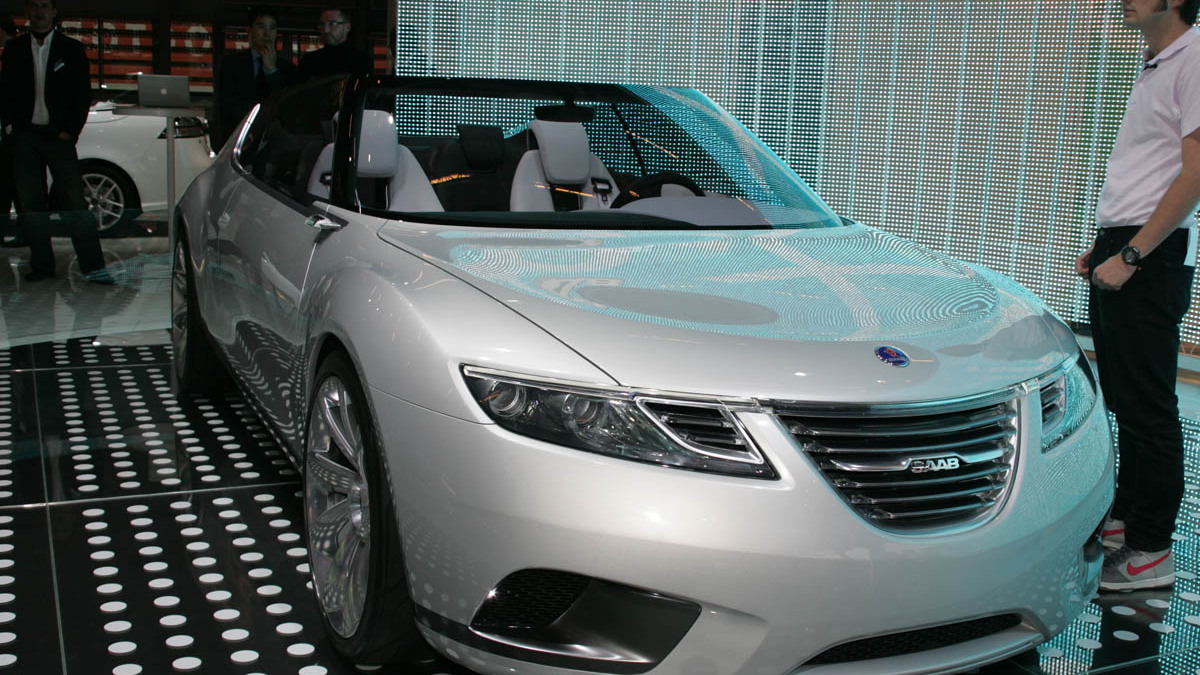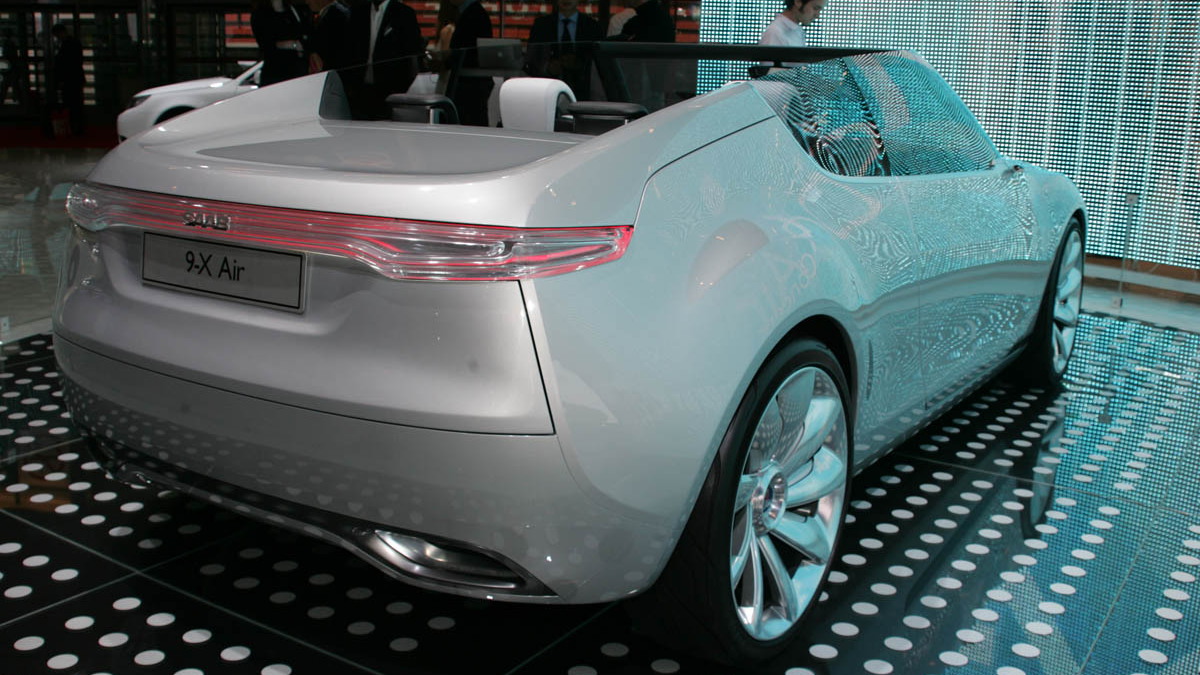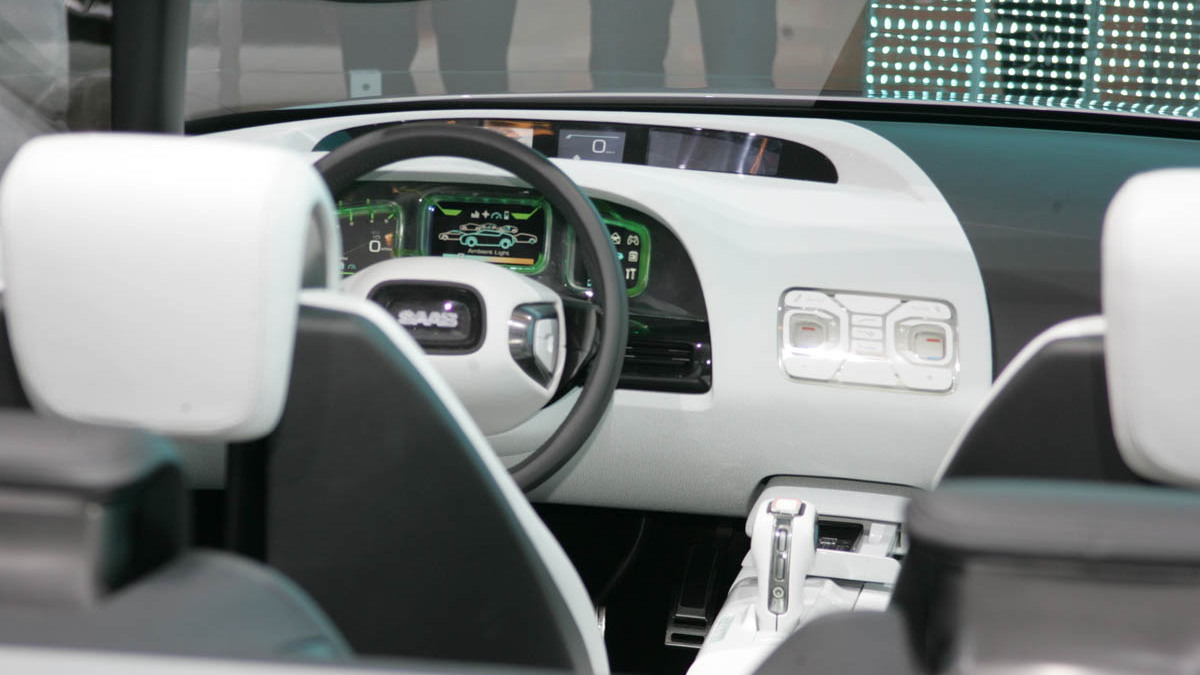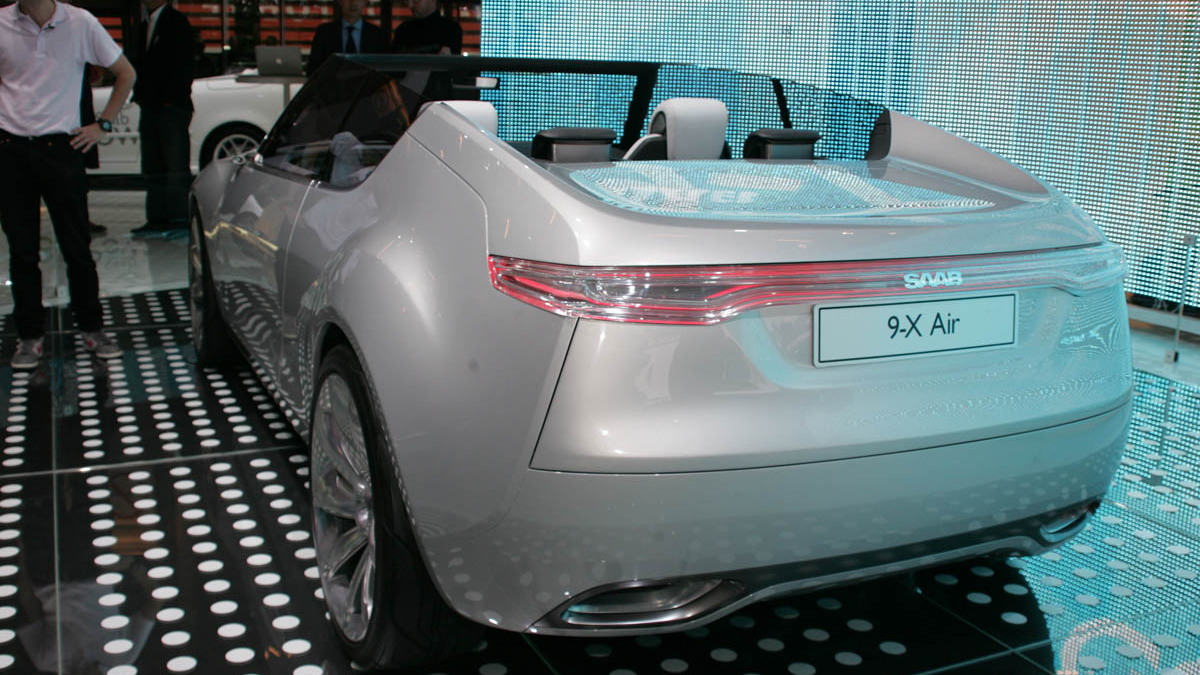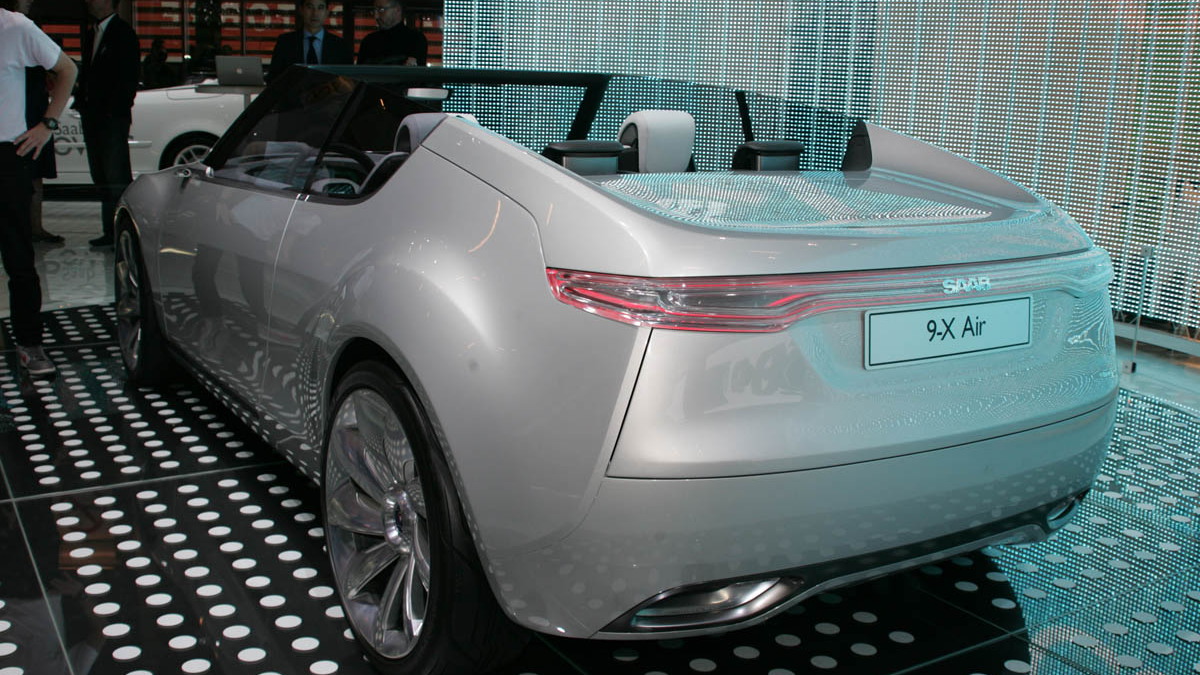The GM concessions being referred to is investment in the Saab brand over the past few years, which have led to the company today having the best equipment, tools and engineers that it has ever had. Speaking with Automotive News, Saab’s Mats Fagerhag explained that GM has given the company “new architectures and lifetime licenses to use them”. Fagerhag went on to reveal that Saab also has the facilities to design and build its next generation of cars.
The specific platforms Fagerhag is referring to include GM's global Epsilon II midsize architecture, the same architecture that the Opel Insignia sits on and soon the 2010 Saab 9-5, as well as the Delta FWD platform, which underpins the 2010 Opel Astra and Chevrolet Cruze.
On top of already having vehicle architectures in place, Saab also has some specific engineering skills that it can use to develop its own identity as a brand. Its experience with all-wheel-drive gives it the opportunity to become the Subaru of Europe, and aligning itself with brand values such as safety and offroad performance will only help develop a unique brand identity.
However, not everything will be a smooth transition for the Swedish company. Saab will face trouble due to the smaller volumes it will be working with in the future, including higher prices for materials and parts. Additionally, Saab will have to source its engines from other companies in the future. Despite these disadvantages, separating from GM will allow Saab to make quick product decisions and to work in its own best interests, rather than the entire group's interest.
Despite some hurdles Saab is expecting to come out of the crisis with a new, unique approach and a move away from its past with GM - only time will tell whether or not it will be a winning strategy.
